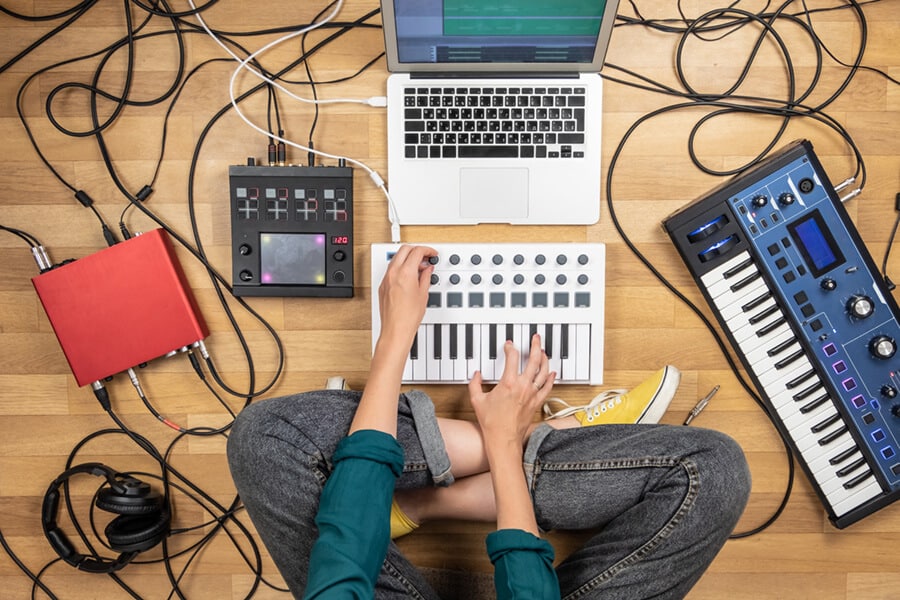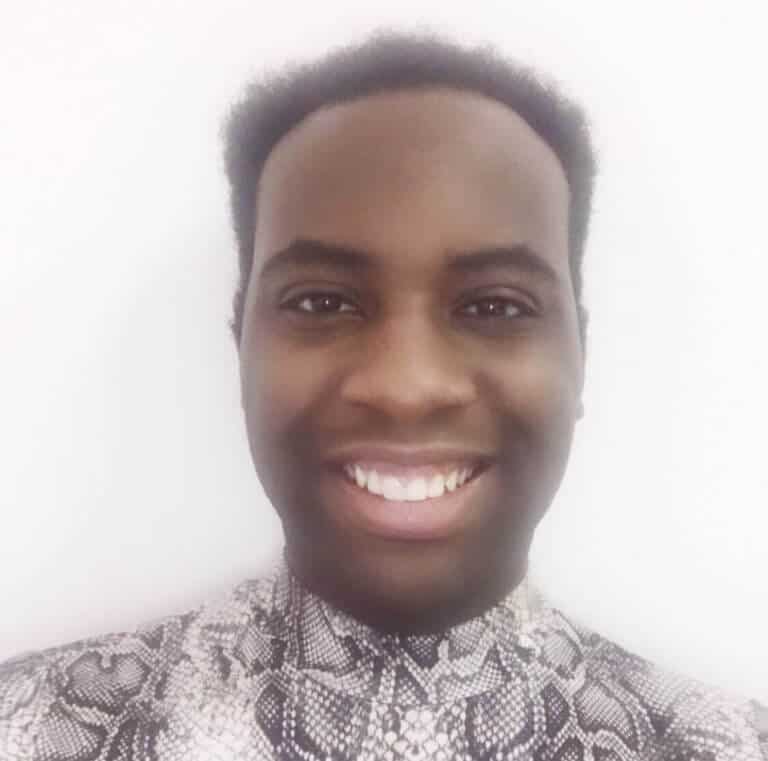I have always been a fan of experimental electronic pop music. It has always fascinated me and my musical creativity as to how well a collection of various sounds can create something so magical! With the usage of technology in regards to music, the music community has battled with its musical interpretation. Are synthesizers actual instruments? Are synthesizers further damaging the musician community?
Electricity has become a huge aspect of human life. Through its electrical developments, electricity has allowed individuals to advance in communication, culture but also artistic expression.

Instruments such as Telharmonium, Ondes Martenot and Theremin embody the electronic musical atmosphere and are a pioneer of synthesizers since 1935. A synthesizer is an electronic musical instrument, in most cases operated by a keyboard, which produces a wide range of sound by combining and creating signals of various frequencies.
As the musical phenomenon grew into the electrical empire, questions still remained in many music communities surrounding the musical implication. Are synthesizers truly welcomed into the musical kingdom with open arms?
Canadian Engineer, Hugh Le Caine, created a precursor to controlled voltage synthesizers called the “electronic sackbut”. One of the pioneers of synthesizers centred on a keyboard and it’s producing of sounds (vibrato, attack control and the gliding of one pitch to another: glissando).
1960-1970
According to Wikipedia.com, the early workings and instrumentation of synthesizers became prominent in the early 1960s to mid-1970s.
Created by American engineer, Robert Moog, The Moog Synthesizer was the first commercial synthesizer and has been instrumental with the creation of the analog synthesizer used in today’s modern music world.
Around the same period, engineer, Don Buchla, created a unique and different perspective of MIDI controllers called the Buchla Modular Electronic Music System. A MIDI controller is software and hardware that produces and transmits musical instrument digital interface data to enabled devices.
This notion is predominately used to manipulate sounds and control parameters of an electronic music performance. Instead of the standard keyboard Moog created, Buchla’s use touch plates and centres around controls voltage depending on finger position and force.
However, Moog’s keyboard has been seen as more accessible to the already existing instrumentalist community. In 1970, Moog created a smaller and cheaper synthesizer called the Minimoog. This synthesizer was the first of its kind to be sold in music stores. The Minimoog was also deemed easier and more practical for live performances, enticing the global music world forever.
1980s
With teased hair and hi-top fades, the culture of the 1980s was nothing more than a mecca of electronic and experimental pop. In the early 1980s, MIDI became a standardised electronic instrument.
With the creation of Fairlight CMI, the sampling synthesizer was one the first of its kind to record and play back samples at different pitches. Pop musicians such as Kate Bush and Peter Gabriel were known to popularise the authentic electronic instrument. Competition in the electronic music community became apparent in the height of the musical 80s era. In 1983 Yamaha created a competitive commercial digital synthesizer called the “Yamaha DX7” and is one of the highest selling synthesizers of all time.
Listen to Peter Gabriel Now!
1990s
The first software that could be played with the MIDI simultaneously appeared in 1997 through the release of ReBirth by Propellerhead Software. But as history becomes nostalgia, the older analog synthesizer regained popularity in the late 1990s. It was predicted the usage of older models would continue to evolve for years to come.
Synthesizer’s Jobs & Film
However, synthesizer did not just make an impact of the music community. With the continuous evolving motion of film and television through the years, the instrument was commonly used in film soundtracks around the world.
The synthesizers “ARP” was used to create various sounds effect in films such as Star Wars in 1977. The robotic voice of R2-D2 was also conducted by the ARP synthesizer. The knowledge of synthesizer and its usage has paved a strong alley for successful jobs in the music industry.
Synthesizers strong implementation of imitating sounds such as strings and horns, synthesizers had been threatening the jobs of many session musicians. Through the history of music and the establishment of synthesizers, an inner rivalry has grown.
Many musicians continue the debate on if synthesizing is a comparable instrument to guitars, drums, strings etc. through its musicianship and implementation. Established by the American Federation of Musicians, the Moog Synthesizers were banned from the use of commercial work for a period of time.
However, musician proclaimed that the AFM synthesizers and other electronic instruments require the same number of skills has other areas of instruments. With further push and conversation, the category of “synthesizer player” was adopted into the union shortly after. In my humble opinion, synthesizers are indeed instruments and should be seen as such in the music community. Music does not stop at the border of traditional instruments.
Music has evolved and grown into many avenues with the advancement of technology. How could one not experiment with music and the technical hemisphere of electricity? Synthesizer players continue to make music that brings communities and different worlds together in an effortless way. Is that not the power of music?
Photos: Shutterstock
Want to read more about music? Check this out:
Support us!
All your donations will be used to pay the magazine’s journalists and to support the ongoing costs of maintaining the site.
Share this post
Interested in co-operating with us?
We are open to co-operation from writers and businesses alike. You can reach us on our email at cooperations@youthtimemag.com/magazine@youthtimemag.com and we will get back to you as quick as we can.










